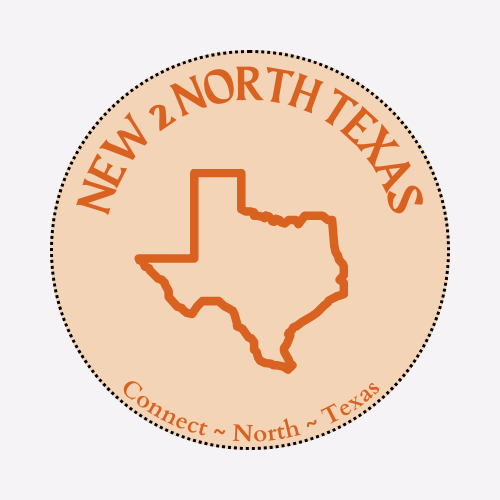Transferring Vehicle Registration Steps
Step One: Identify your local emissions testing site.
Step Two: Optional If you desire personalized plates, you may order them from myplates.com and they will send the plate to your local county tax office. If you desire standard plates, continue to the next steps.
Step Three: Review the registration fees as they vary per vehicle.
Step Four: Find your local county tax office. Unlike driver’s licenses, you may visit the tax office, take a number, and wait to be serviced
Items to bring:
Proof of Texas Residency
Proof of Insurance with Texas Coverage (In Texas, you must have insurance coverage for a minimum of $30,000 per injured person, up to a total of $60,000 for everyone injured in an accident, and $25,000 for property damage.)
Your current driver’s license
Your PASSED vehicle inspection report
The registration or title from your previous state
After your vehicle is registered, you will receive your plates to affix to your vehicle immediately. Save all the documents for your records as you will need them for your driver’s license application.
Taking the tollway or needing a seamless airport exit? Save money and time with a Tollmate account. You can visit the customer center in Plano, download the app, or visit their website. You can manually or auto-fund your account and get rewarded for keeping your account current.
Obtaining your Driver’s License
New Texas residents can legally drive with a valid, unexpired driver’s license from another U.S. state, U.S. territory, Canadian province, or qualifying country for up to 90 days after moving to Texas.
Before the end of the 90-day grace period, a new Texas resident must apply for a Texas license in person at any driver’s license office to continue to drive legally. When applying for the new Texas license the individual must surrender any unexpired driver’s license in their possession from another U.S. state, U.S. territory, or a Canadian province
Applicants who have a valid driver’s license or license not expired over two years from another U.S. state, U.S. territory, or Canada must surrender their out-of-state/country driver’s license and are not required to take the knowledge or skills exams.
Step One: Schedule an appointment. Please note: Services are by scheduled appointment only. Same-day appointments will be available on a limited basis at most driver license office locations.
Step Two: Review the fees for your license type
Step Three: Gather your documentation
Items to bring:
Identity (a valid out-of-state license can be used as a supporting document)
Proof of Texas Residency
Citizenship or lawful presence
Social Security cars
Evidence of Texas Vehicle Registration* for each vehicle you own. Registration must be current. Visit Texas DMV vehicle registration for more information. (Bring the document you received from your local county tax office).
Proof of Insurance* for each vehicle you own—If you do not own a vehicle, you will sign a statement affirming this.
Frequently Asked Questions (FAQs)
-
If you have a vehicle and plan to drive, you must register your vehicle before obtaining a driver’s license.
-
When applying for the new Texas license the individual must surrender any unexpired driver license in their possession from another U.S. state, U.S. territory or a Canadian province.
-
You can schedule an appointment up to six months in advance. vices are by scheduled appointment only at: *public.txdpsscheduler.com.
Same-day appointments will be available on a limited basis at most driver’s license office locations -
TollTags provide payment convenience and best value – non-TollTag (ZipCash) customers pay twice as much. Get even more out of your TollTag by activating your TollPerks account and getting rewarded every time you drive on NTTA toll roads.
Visit ntta.org to get started!



